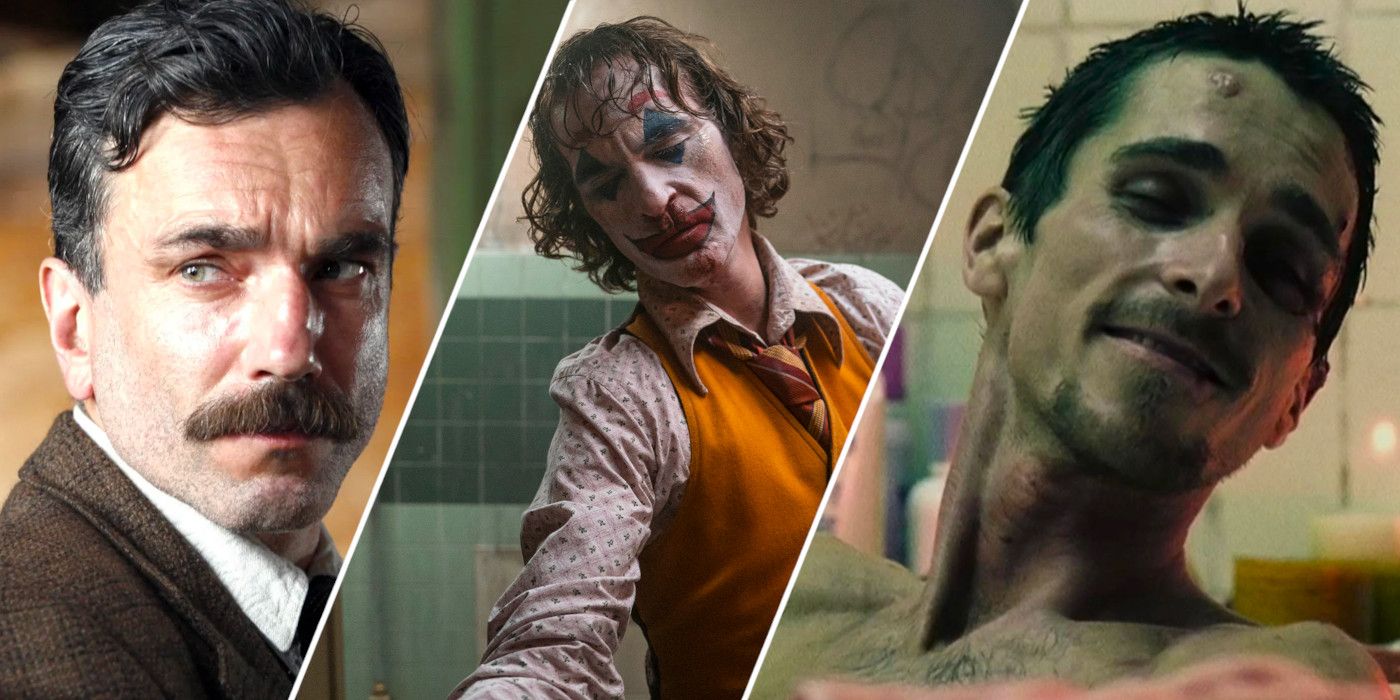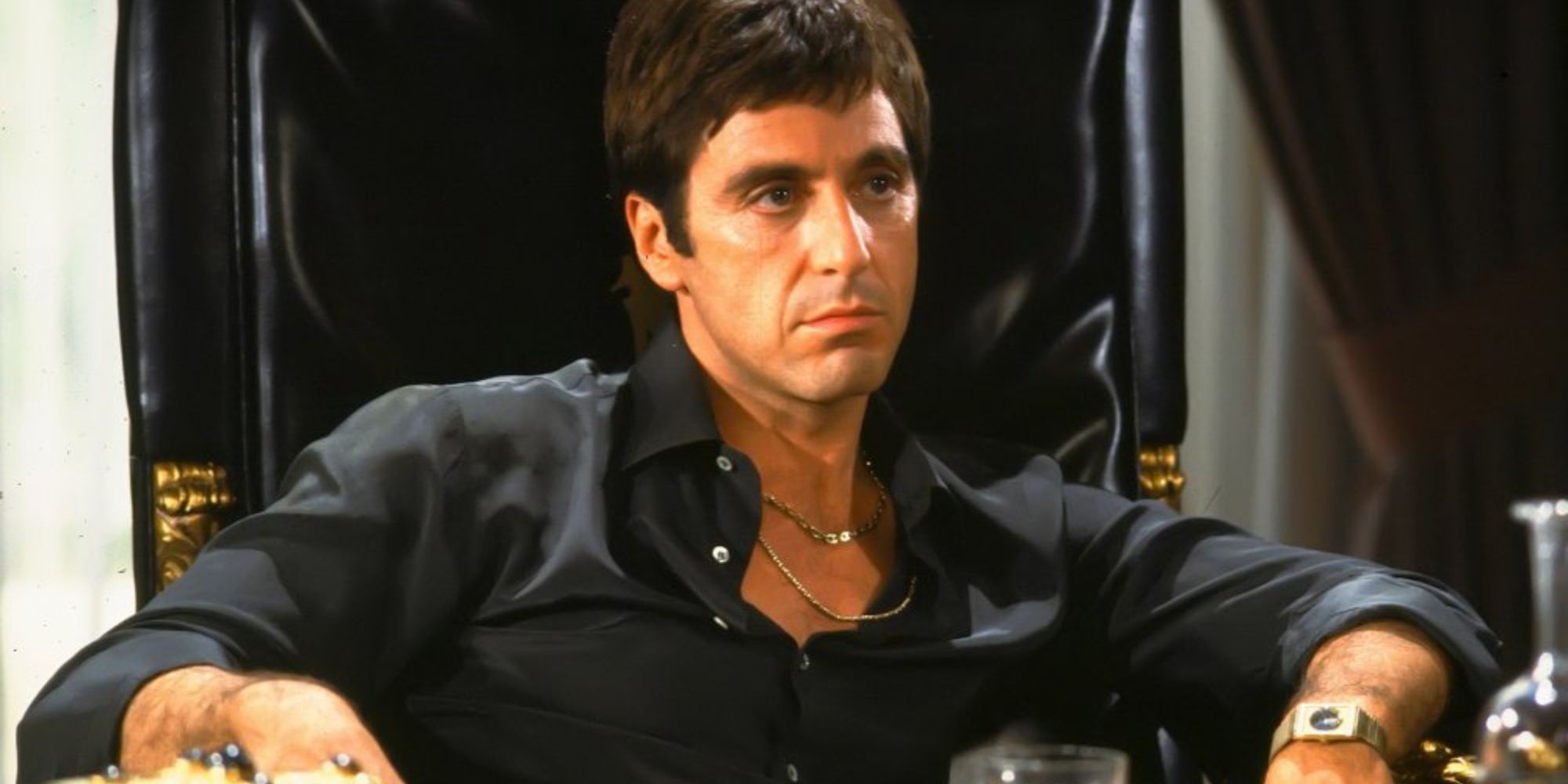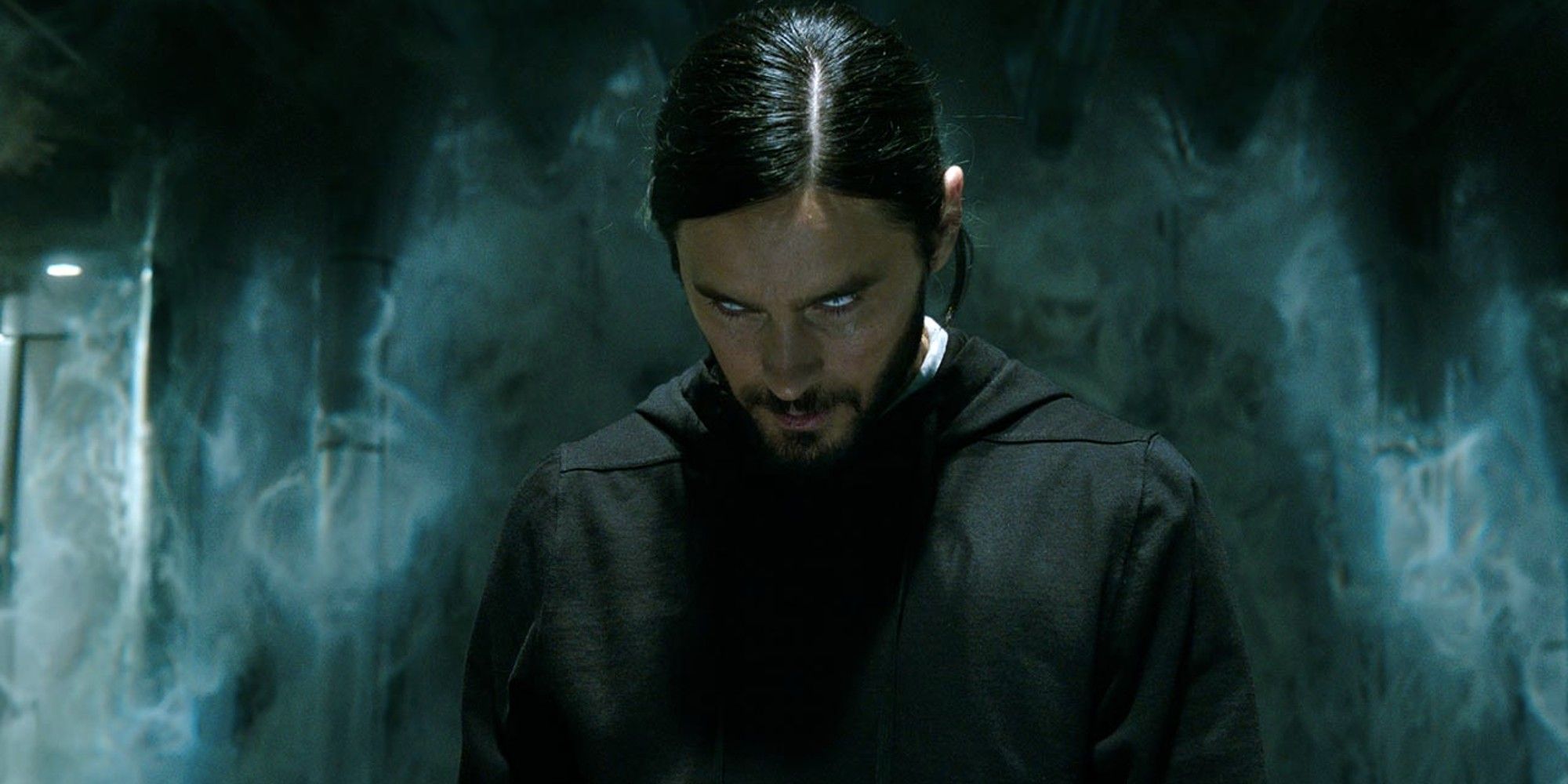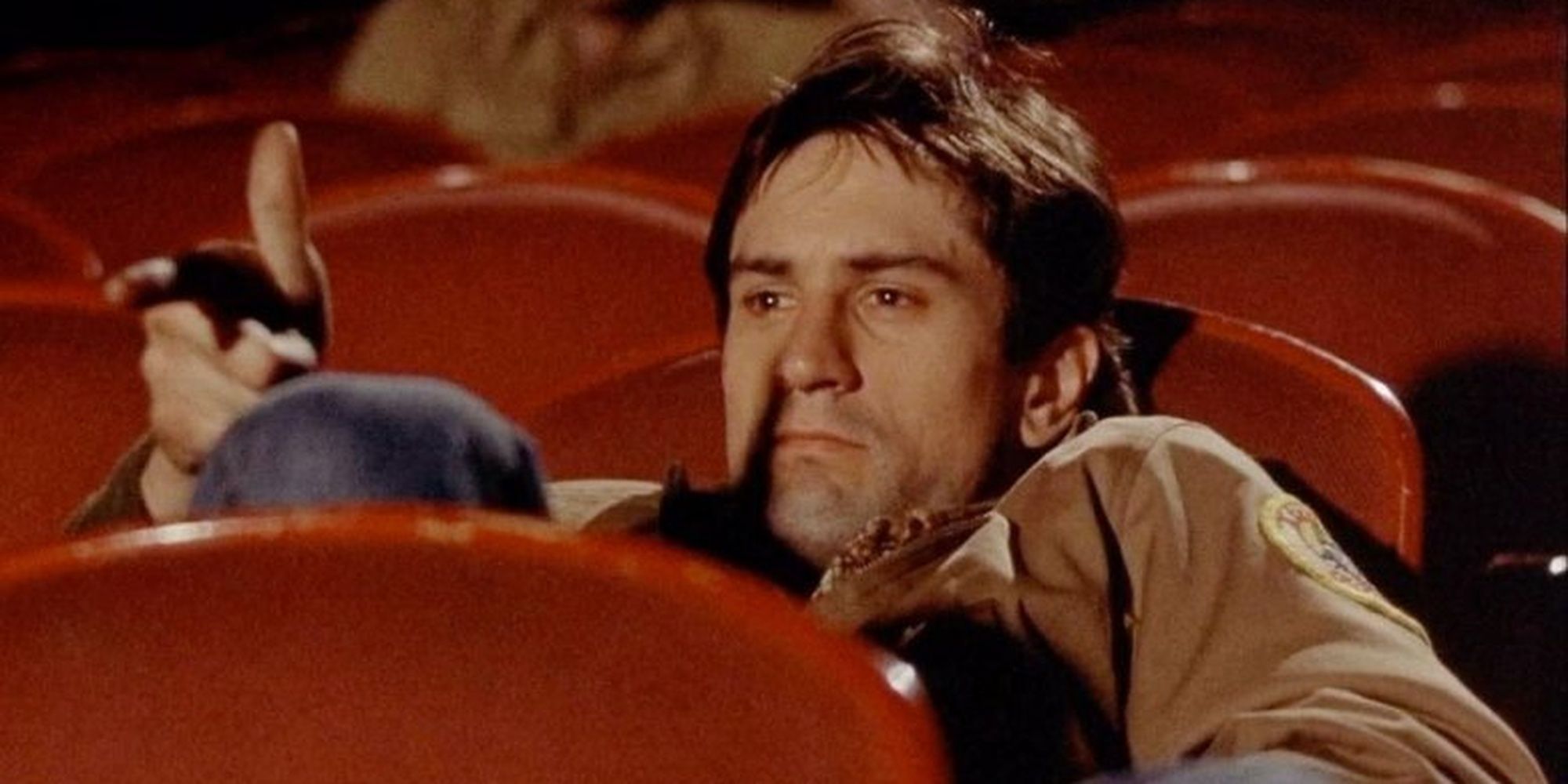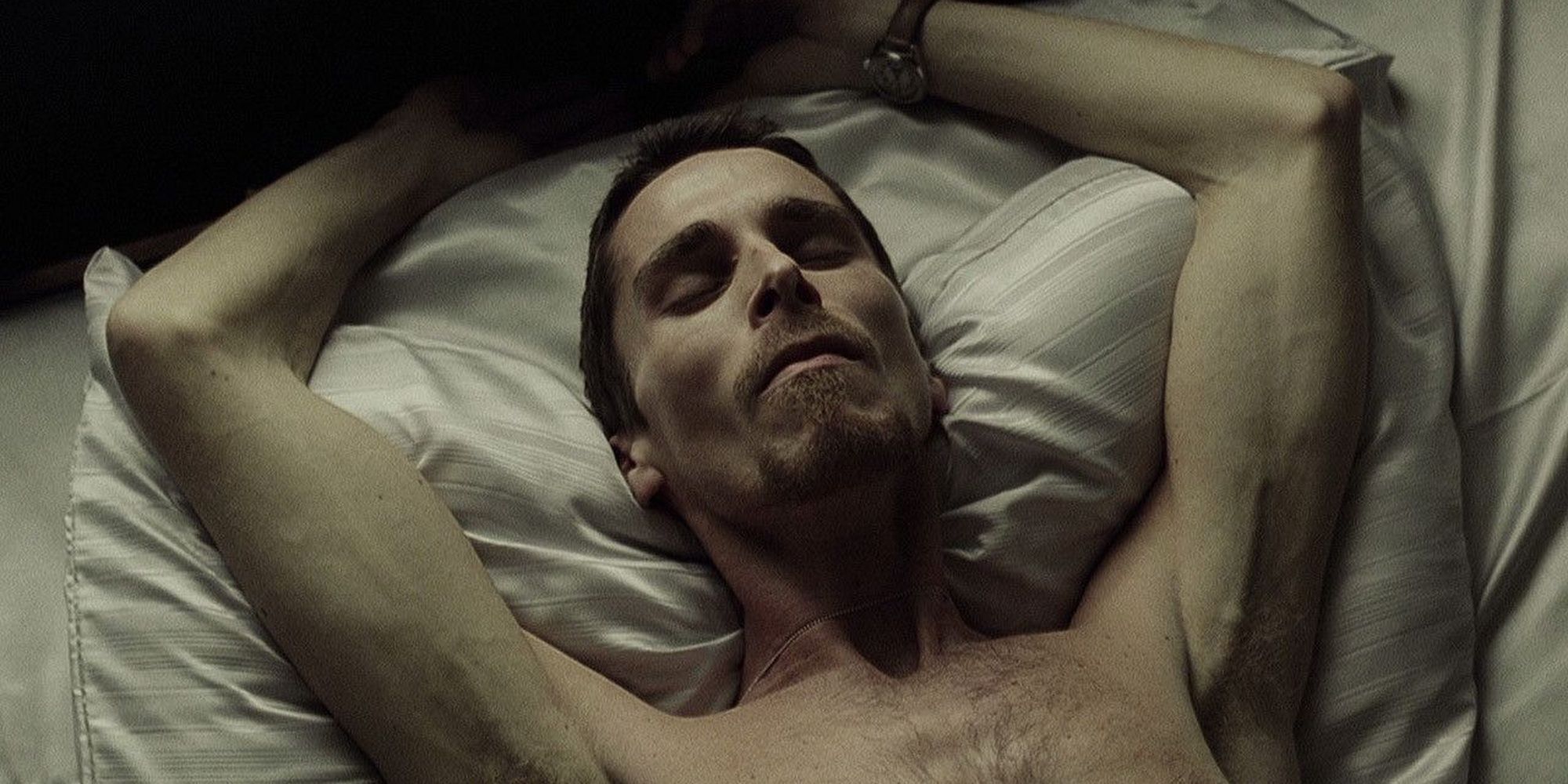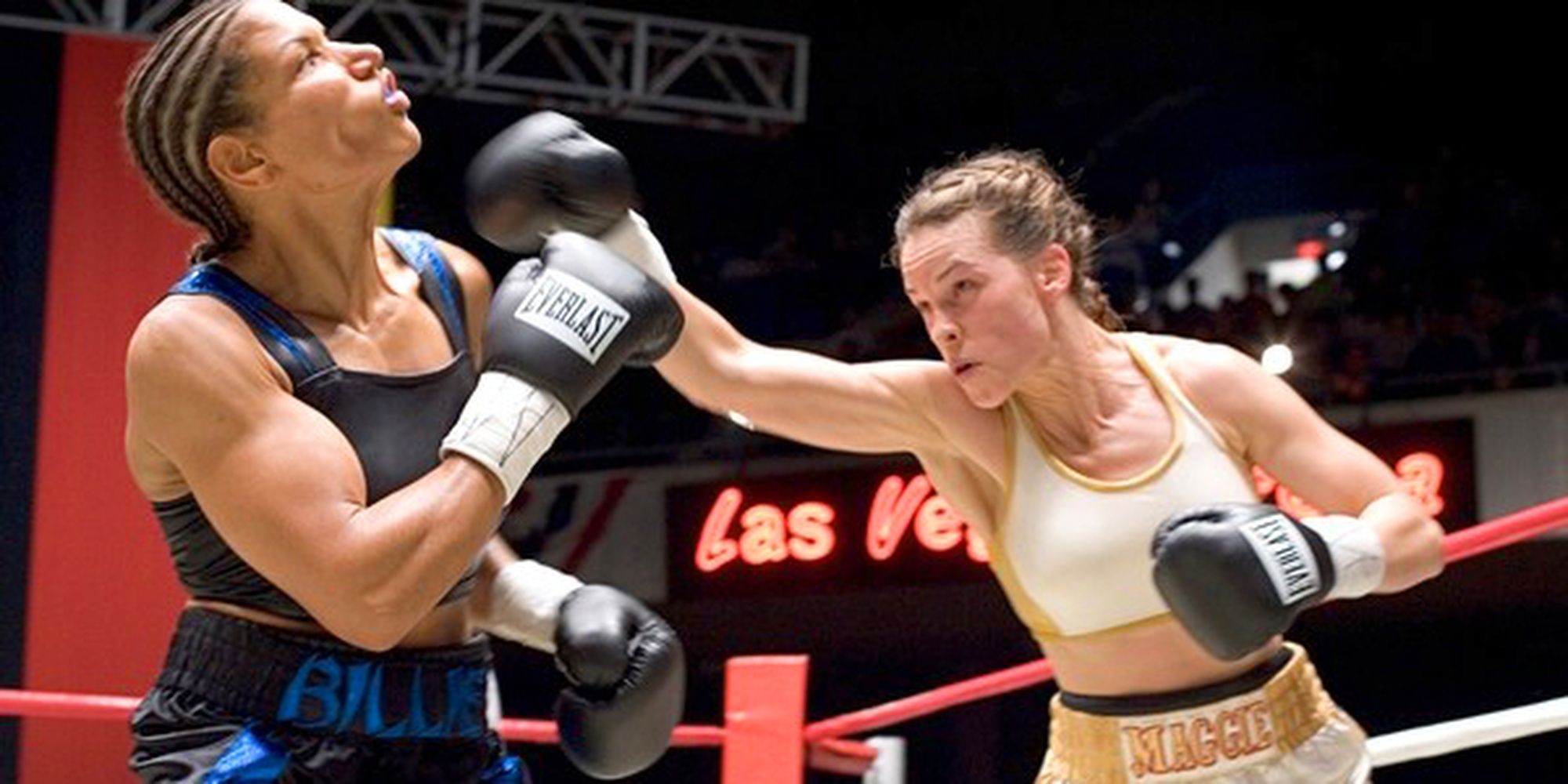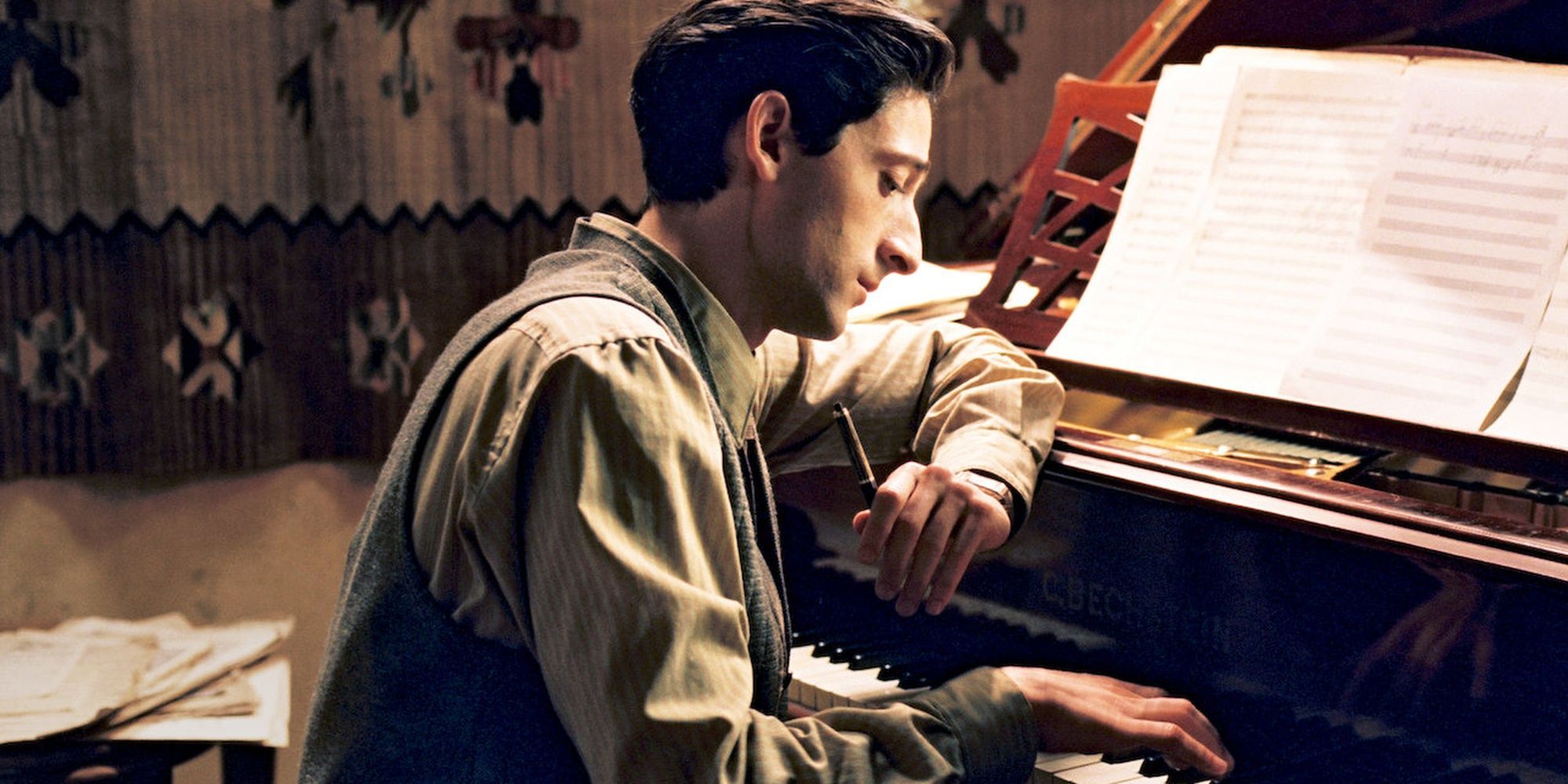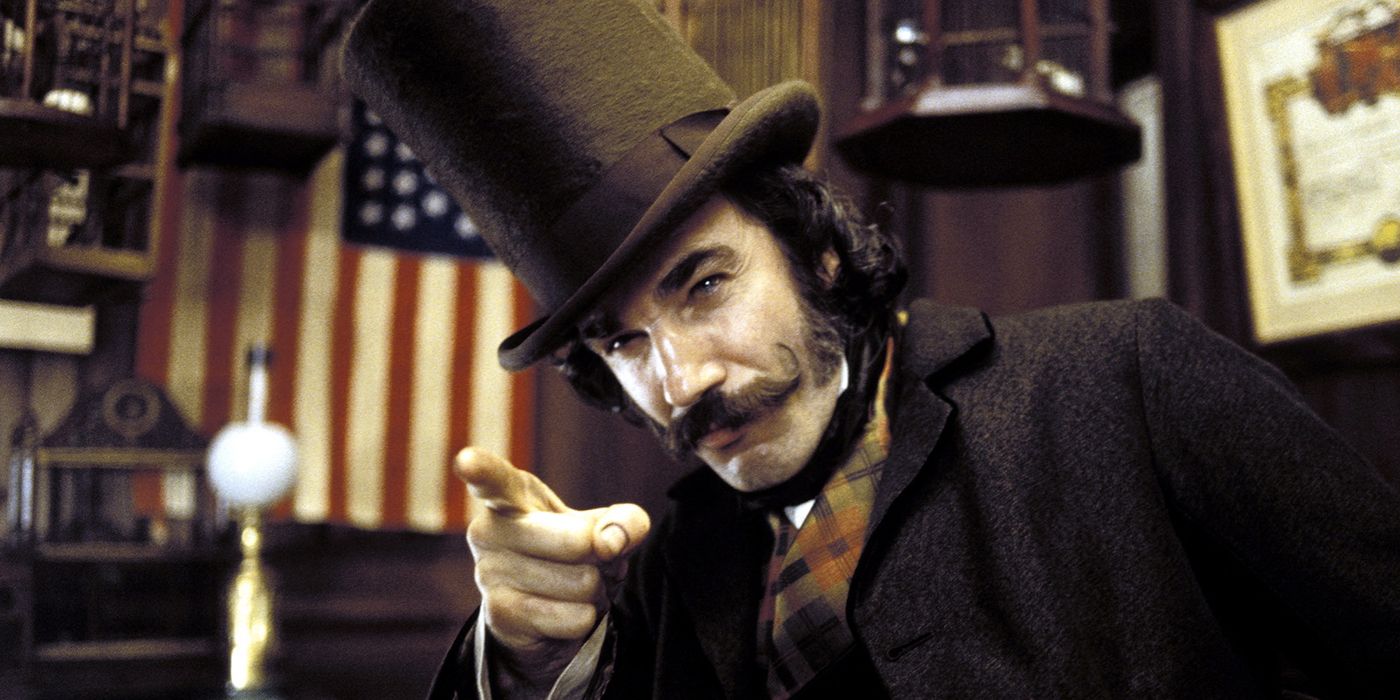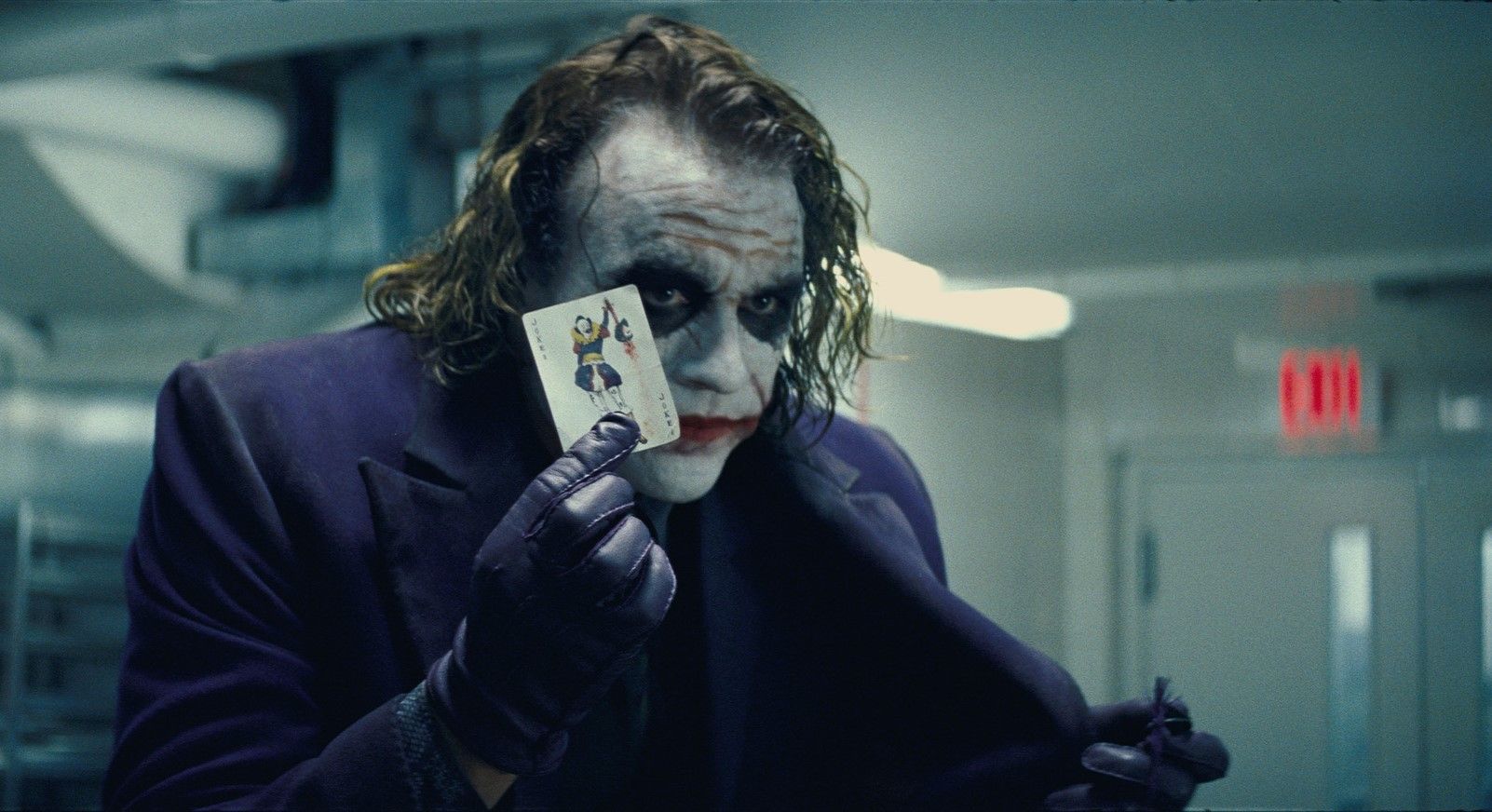Read update
- While the technique is talked-about nowadays, some people still may wonder what is method acting (to fully embody a character to the extreme, often even adopting their demeanor for a period of time, but ideally not becoming a dangerous nuisance to co-workers in the meantime nor sacrificing your mental health in the process). In truth, some of the best talents in the industry are, in fact, method actors. Joaquin Phoenix, for instance, is reportedly familiar with this approach: According to Far Out, the Beau is Afraid star confessed he would start screaming at himself before scenes in the Ari Aster movie as a self-humiliating method of acting tactic. From Al Pacino to Christian Bale, learn who else engages in this extreme practice.
Method acting, in the context of modern cinema, is now mostly considered a familiar term. Originating with the great Russian playwright, Konstantin Stanlisvaski in the early 20th century as a cultivation of his “art of experiencing,” this rather consuming approach to acting directs an actor to apply deep personal and emotional connections to a role in order to achieve a realistic and naturalized performance.
Of the greatest recognized practitioners are actors Lee Strasberg, Stella Adler, and Sanford Meisner, who each significantly contributed to the development of method acting in practice. Adler, significantly, taught her approach to cinematic icon Marlon Brando, opening the door for its introduction into the medium of cinema, effectively transfiguring the discipline of acting for the screen. In the years since it’s been famously pioneered by a handful of respected actors.
Updated on May 30, 2023, by Daniela Gama:
While the technique is talked-about nowadays, some people still may wonder what is method acting (to fully embody a character to the extreme, often even adopting their demeanor for a period of time, but ideally not becoming a dangerous nuisance to co-workers in the meantime nor sacrificing your mental health in the process). In truth, some of the best talents in the industry are, in fact, method actors. Joaquin Phoenix, for instance, is reportedly familiar with this approach: According to Far Out, the Beau is Afraid star confessed he would start screaming at himself before scenes in the Ari Aster movie as a self-humiliating method of acting tactic. From Al Pacino to Christian Bale, learn who else engages in this extreme practice.
10 Al Pacino
The legendary Alfredo James Pacino is one of the famous, renowned method actors. With a 56-year-long career and known for being in widely popular features like Scarface, Heat, and The Godfather, Pacino's face and talents are known in every corner of the world. The versatile Hollywood star is, without a doubt, among the most talented of his generation and he also resorts to the technique now and again.
According to Far Out Magazine, Pacino looks back at his career with feelings of regret, for lack of a better term, regarding the roles he didn't take and shouldn't have taken. In the article, it is also revealed that the star was admitted to the Actors Studio in his earlier career, where he learned method acting under Lee Strasberg.
9 Jared Leto
Before his 30 Seconds to Mars days, Jared Leto was already an established actor with guest appearances on television shows Camp Wilder, Almost Home, and Rebel Highway. However, his breakout role in the coming-of-age series My So-Called Life was the one to launch the actor into the film industry. While his versatility (and role choices) are questionable, Leto is a good actor, with some of his best performances arguably being in Requiem for a Dream and Dallas Buyers Club.
Between gifting his Suicide Squad castmates dead rats (via NME) and using a real wheelchair to stay in character in his latest film Morbius (via Variety), the actor has assuredly showcased his preference for extreme acting techniques. For Morbius, Leto was so committed to staying in character between takes that he would use his character's crutches and slowly limp to go to the bathroom.
8 Robert De Niro
A student of both the Stella Adler Conservatory and Lee Strasberg’s Actors Studio, veteran actor Robert De Niro is, by rights, arguably the most recognized practitioner of method acting in Hollywood. To make this case, we can naturally point to two of his most culturally prominent roles, that of Travis Bickle in Taxi Driver and Jake LaMotta in Raging Bull. Both roles, incidentally, were performed under the tutelage of the great Martin Scorsese, De Niro’s close friend and most recognized collaborator.
The esteemed actor’s vast success in the cinematic industry can be attributed to this reliance on the process of method acting. For his role as the mentally unstable veteran Bickle, De Niro obtained a cab license in order to study the behavior of cab drivers, lost 30 pounds in weight, and engaged in firearm training to lend authenticity to his character’s violent tendencies (via Far Out Magazine). History would naturally repeat itself only a few years later. De Niro’s Academy Award-winning performance as middleweight boxer, LaMotta, was built on a dedicated study of the man’s real-life struggles with rage and his own self-destructive behavior.
7 Christian Bale
Meticulous is one term that springs to mind here. Christian Bale’s often rigorous and transformative approach to acting has been well documented throughout his career and has gone some way to reinforcing the Welsh actor as something of a cultural figure during a career that began as a 12-year-old child actor in Steven Spielberg’s Empire of the Sun.
Bale seems to possess a remarkable gift for discipline despite adversity. His fluctuating weight patterns for roles in The Fighter and American Hustle defy comprehension, yet always demand admiration. On the more radical side, his performance as insomniac Trevor Reznik in The Machinist was fraught with a long escapade in which the actor lost 62 pounds in preparation for the role and slept for two hours a night (via Lad Bible). Bale, in fact, sought to push himself even further, only relenting due to serious health concerns from the film's crew.
6 Hilary Swank
A two-time Academy Award winner, it's a grave injustice that Hilary Swank's achievements aren't recognized as strongly as they should be in a historically male-centric industry. Despite the dedication to craft and natural talent for acting she exhibited in Boys Don't Cry and Million Dollar Baby, her career hasn't blossomed as one might have expected it to, especially when viewed in comparison to her fellow actors discussed here.
To speak of her dedication, for her role as transgender Brandon Teena in Boys Don’t Cry, she invoked an intense preparation routine that involved her living as a man for a month. According to Far Out Magazine, to achieve authenticity, she would bandage her chest, deepen her voice, and diet in order to lose weight. On set, she remained in character, refusing to let the crew see her out of costume. In Clint Eastwood’s Million Dollar Baby, she gained 19 pounds of muscle training for six days a week to box like a professional. During this time, she developed a blister on her foot that led to a potentially life-threatening staph bacteria infection.
5 Joaquin Phoenix
The undoubtedly talented star, who was homeschooled for some of high school but ended up dropping out, is known for playing unconventional and challenging characters, having earned his first and very much deserved Academy Award in 2020. Evidently, Beau is Afraid wasn't the only Joaquin Phoenix role in which the actor resorted to method acting techniques.
According to AP, Phoenix lost a wild amount of fifty-two pounds to film Joker, which eventually took a serious toll on his mental health. "Once you reach the target weight, everything changes. Like so much of what’s difficult is waking up every day and being obsessed over like 0.3 pounds. Right? And you really develop like a disorder," the actor said.
4 Natalie Portman
Lee Strasberg (often coined the “father of method acting”) theorized it was necessary for an actor to forge direct connections between their own real-life experiences and that of their characters. For her role as Nina Sayers in Darren Aranofsky’s darkly-spun psychological drama, Black Swan, Natalie Portman was able to call upon her own experiences studying ballet, which she idealized as a young girl, only turning her full focus to acting from the age of 12, when her career has since blossomed.
Portman, ultimately, went significantly further this time around. According to CheatSheet, the actor commenced her preparations more than a year in advance, trained for several hours a day with a professional dancer from the New York City Ballet, swam daily miles, and even engaged in cross-training in order to apply realism to the physically and mentally consuming role. The results of her hard work (besides her Oscar, of course)? Her nails fell off, her feet were destroyed, and she ended up dislocating a rib during a lift.
3 Adrien Brody
Roman Polanski’s The Pianist is a heart-wrenching yet captivating tale of loss and survival during the horrific events of the holocaust in Poland. The gifted Adrien Brody landed the role of the Polish-Jewish pianist and holocaust survivor, Wladyslaw Szpilman, after a casting process that oversaw auditions from some 1400 actors.
Determined to succeed in this empathetically demanding role, Brody involved himself in a grueling preparation process wherein he withdrew from the public eye for months. According to Koimoi, during this time, he gave up his apartment, sold his car, and broke up with his then-girlfriend, essentially stripping his life down to its absolute fundamentals. To familiarize himself with Szpilman’s own experience with starvation, the actor utilized an extreme diet in order to lose 30 pounds (via Independent) and, at the behest of Polanski, spent four hours a day practicing the piano. For his performance, Brody is still recognized as the youngest actor ever to win an Academy Award for Best Leading Actor. Only he can tell you whether it was all worth it.
2 Daniel Day-Lewis
Method acting, like any other theorized practice, has its devotees. It's an approach that requires considerable dedication and a burning passion for one's craft. In truth, when considering all discussed here, it would be a sordid crime not to include the name of preeminent and now-retired actor Daniel Day-Lewis. Famed for his selectivity as much as the extraordinary role-immersion lengths he went to, Day-Lewis is a striking example of the corresponding burden of method acting. His experiences outline the wearying impact that these preparations can have on an actor's disposition throughout their career.
According to Far Out Magazine, for My Left Foot, he remained in a wheelchair during the production process and was spoon-fed by crew members to fully experience the overwhelming hindrances of cerebral palsy; he lived in the wild for six months to prepare for his role in The Last of the Mohicans, learning how to trap and skin animals; and a now-famous set-story from Gangs of New York tells of Day-Lewis staying in character in a period-authentic costume made of materials only available at that time. The actor ultimately came down with a case of pneumonia as a result of the weather and refused to be treated with anything other than period-authentic medicine, believing it to be simply part of his character's transition.
1 Heath Ledger
Heath Ledger's performance as Batman's most notorious villain deserved to go down in cinematic history purely by its own merits. While this sentiment certainly still bears fruit, the cultural influence of his sublime performance was nonetheless overshadowed by the Australian actor's tragic and untimely death before the release of The Dark Knight.
Ledger is a searing presence in the iconic role of The Joker (one that has since been recast 3 times for live-action pictures). During pre-production, Ledger locked himself in a hotel room in London for a month, creating a diary and experimenting with vocal tones to fully immerse himself in the role (via The Hollywood Reporter). Despite the role's tragic context, the naturally induced mannerisms and startling idiosyncrasies of his performance speak highly of the creative benefits of method acting.

